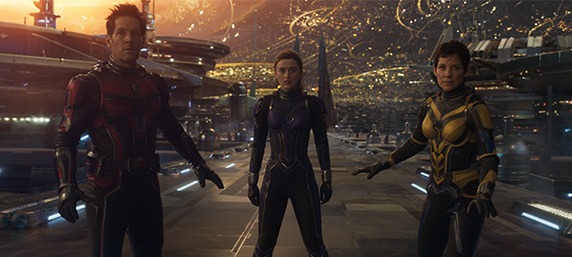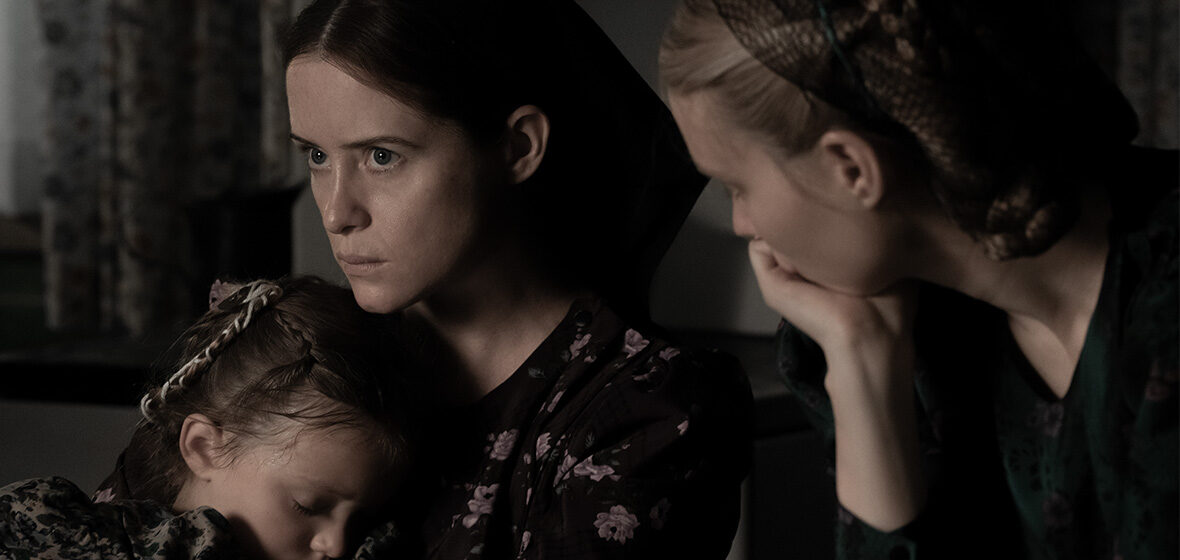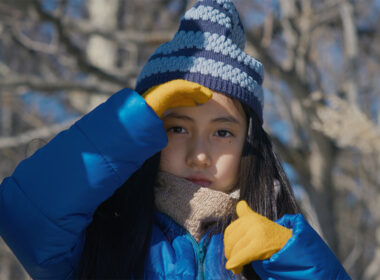Women Talking
Sarah Polley’s new film, Women Talking, is an adaption of Miriam Towes’ novel inspired by tragic real life: hundreds of women and young girls were sedated and violently sexually assaulted by men of their Mennonite community in Bolivia.
Seven men were sentenced to jail, but many may have escaped because others in the community felt uncomfortable testifying. This is how the case was reported – through the perspective of the men who either attacked or were responsible for their persecution.
Towes and Polley turn the camera towards the women. Not to exploit their trauma nor to give them the satisfaction of vengeance. Women Talking is not a cathartic comeuppance. It’s not about justice. It doesn’t see the women as victims but offers a sober possibility – what if they took steps to have the one thing they missed for most of their life? Agency.
At the beginning of the film, the men leave for the nearest town to play the bail of the attackers. The women stay behind with all the children and two men – Melvin (August Winter), a young transman, and August (Ben Whishaw), the teacher.
The women confer in a barn to vote on what to do before the men return – do nothing, stay and fight, or leave. The vote is inconclusive; fight and leave are tied, so they call a meeting with some of the most influential people in the group to decide the outcome for everyone.
This is where most of the film is set. In a dark barn, Mothers and daughters, young and old, have their voices heard in equal measure. It’s interesting. It feels like a good play and less like a court drama. No one states their case in turn but instead reacts passionately to where the discussion stands. Ona (Rooney Mara), pregnant from one of the attackers, and Salome (Claire Foy) want to stay and fight, rebuild society. Mariche (Jessie Buckley) and some of the older women trust this is a fight they cannot win and only fleeing will save them. As the only one who can write, August takes notes of the meeting but makes no comments. This is their decision to make alone, except when he’s asked to talk about the nature of teenage boys and his powerful monologue about the destructive nature of systemic misogyny.
The film’s biggest triumph is that it avoids blanket statements to try to relate the incident to our world. It stays true to the reality of its characters while keeping its message open to interpretation. In our post #MeToo society, Women Talking avoids comparisons and its themes are more universal. It’s a film about how patriarchy leads to authoritarianism when supported by the blind dogma of religion. Its characters are not breaking any barriers. They are plotting a revolution; with the help of just one man, the scribe (pen mightier than sword and all that).
If there is one little caveat to the film it is how only some actors stand out. Most of them play their characters in a balanced way and sacrifice some intensity to achieve it. The exception is Buckley, whose character starts cynical, gets broken down emotionally and physically, and comes out from the other side ready to lead the troops. Then there’s Scarface Janz (Frances McDormand), who only has a couple of lines, but behind her stern and threatening expression has one of the best character arcs in the film.
I could not recommend Women Talking enough. It’s good to see a powerful film that feels like it will always be relevant. There will always be a suppressed group struggling to find their voice in the face of adversity and a group that needs to intellectualise its fight. Inspiration is too easy of an emotion that can feel empty or soulless after the action that follows it. Women Talking isn’t inspiring. It’s a sparking ember, a thought that rattles.
Verdict: 4 out of 5
For those of us who think there’s no way to stand up against human cruelty.

Ant-Man and The Wasp: Quantumania
Every new Marvel release comes followed by a repetitive discourse: if cinema is art, is Marvel cinema? It started when Martin Scorsese called the films “theme parks”, which wouldn’t be an offensive statement if it wasn’t for the fact Marvel fanboys were, at least at the time, so eager to be vindicated by the critics. They didn’t want just to have the biggest film in the world. They also had to have the best.
And yet it’s futile. Ant-Man and the Wast: Quantumania (henceforth Ant-Man 3) is the 33rd film in this sprawling cinematic universe. It’s made by a committee, under the supervising eye of producer Kevin Feige, to maximise its brand potential with children, teenagers, and adults in a state of arrested development. It doesn’t break any boundaries that weren’t approved by algorithms and test audiences. It exists to raise the profile of its characters, so they can make 100 more of these, and in between, we can be excited to go to Disneyland and point at a Paul Rudd lookalike at the Avengers ride. It’s an episode that brings no satisfying conclusion but teases you enough to want to come back again in a couple of months when the next film is out (Guardians of the Galaxy Vol 3, this May). It’s not bad; it’s not offensive. But it is a theme ride, and it is not cinema.
The film is straightforward. Peyton Reed returns to direct with Rudd as Scott Lang, Evangeline Lily as The Wasp, Michael Douglas and Michelle Pfeiffer as her parents, and now a bigger focus on Cassie (Kathryn Newton), Ant-man’s teenage daughter who, what do you know, is also a science genius and a rebellious revolutionary. Not back, though, are Judy Greer and Michael Peña, the MVPs of the previous films.
Everything is nice dandy for Scott. He’s enjoying the fame of being an Avenger and the admiration of his city. He wrote a memoir, Looking out for the little guy. Granted, it reads like the horrid condescending thing an ex-superhero would write about believing in yourself, etc, etc. His daughter keeps getting into trouble with the law because she’s out there looking out for the little guy, attending protests and going to jail. They live in San Francisco, where income inequality runs amok, and over 7000 people are unhoused. (Disney, by the way, is also laying off 7000 people. Looking out for the little guy).
After a plot-convenient accident, Scott and the gang (including Douglas and Pfeiffer) are transported to the quantum realm – a universe in the subatomic plane of our reality. Now they must find a way to escape it while also liberating the oppressed people who live there from the authoritarian claws of Kang the Conqueror (Jonathan Majors).
If anything, Ant-Man 3 is better than the previous Ant-Man 2. Feige recruited Jack Loveness, a Rick & Morty alumni, and he brought some of the show’s wacky-science irreverent humour. The structure is tight, which at this point is the bare minimum for a Marvel movie, and some of the jokes land. But after all is done, it leaves you with an empty feeling. Why is Disney making a film about standing up against oppression? The same company in the frontline to complete world domination is still trying to sell us rainbow-coloured Che Guevara t-shirts with “Boss Queen” plastered all over them.
In the end, there are the usual two after-credit sequences (if you care), and one of them includes a cameo from another Marvel character. This is not a spoiler at this point. Each of these films rotates the characters between themselves to raise our dopamine levels because we just recognised someone new. And yet when they appeared, the audience gasped in surprise, and glee like this had not happened since Iron Man in 2008. And that’s where we are at. Marvel keeps giving us the same mass-produced grilled cheese, and we gasp if, one day, one of them has a slice of tomato in it. Salad? In my sandwich? What will they think of next?
Verdict: 3 out of 5
It’s fine. If you’ve seen the other 32, you can’t wait to see this one. In that case, I can at least tell you it’s more enjoyable than the last Thor, Black Panther, and The Eternals put together.




